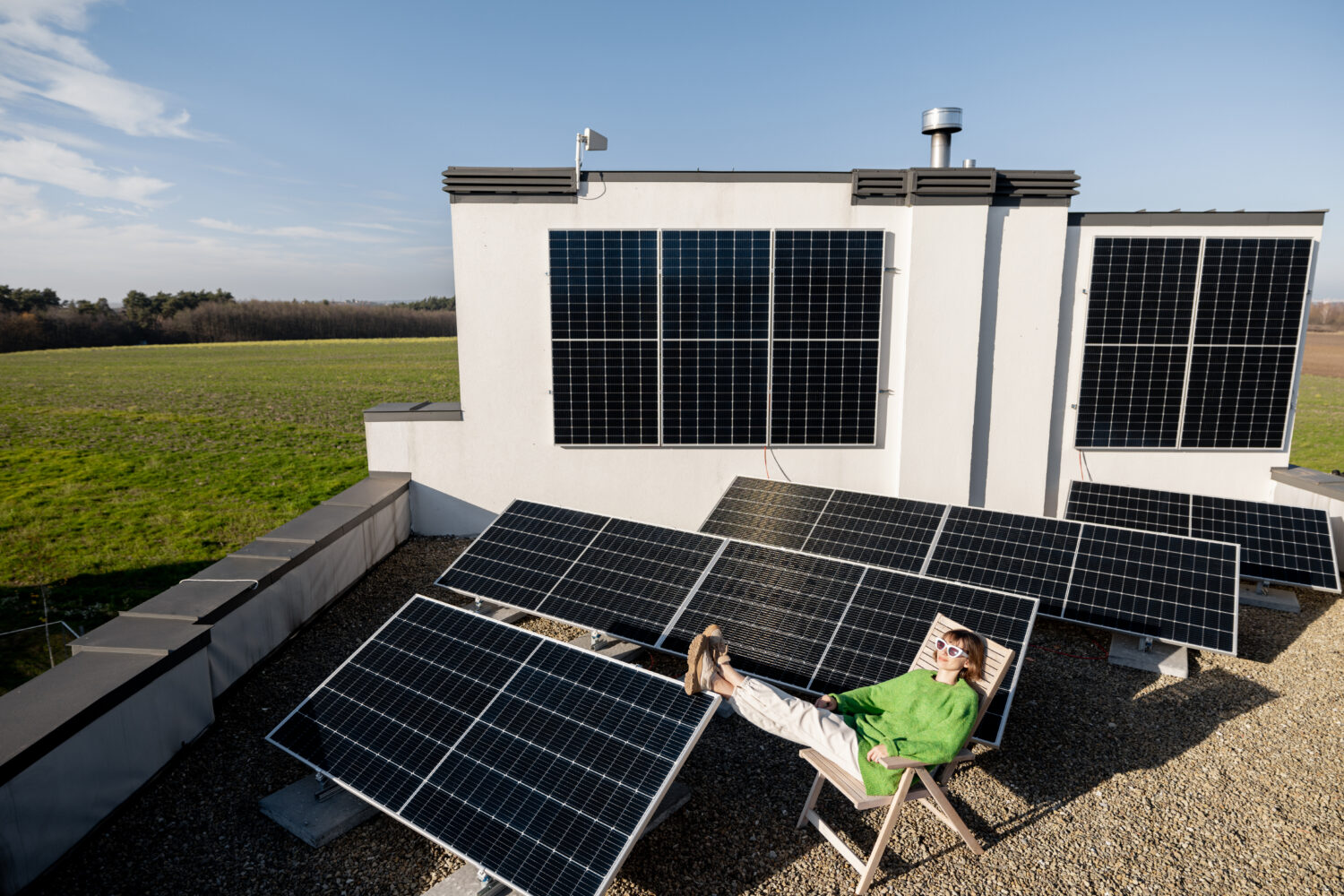When there is excess energy on the grid, batteries utilize this surplus energy to charge. When energy is relatively scarce, batteries will release energy to the grid to continue powering our homes and businesses. This arbitrage model helps to reduce cost spikes and allows intermittent resources more stability. In times of intense demand on the coldest winter nights or the hottest summer days, batteries help reduce the need for expensive “peaker plants” that burn gas or coal in less efficient and cost effective ways.
Most lithium ion battery systems can power the grid for up to four hours, reducing the need to fire up power plants with expensive fuel profiles in sharp peaks in demand. Longer term batteries are beginning to be built to energy power for multiple days–sometimes up to 100 hours. Batteries can also help reduce the need for expensive grid upgrades by reducing the need to max out the capacity of a power line. Instead, a battery can be co-located with a power plant to reduce the load on transmission infrastructure at peak output.
BESS play a crucial role in maintaining grid stability and enhancing overall power infrastructure efficiency. These help to instantly balance supply with demand by providing or absorbing energy as needed. This capability prevents blackouts and ensures a consistent electricity supply, significantly improving the reliability of our power grid.
BESS also enhances grid efficiency by eliminating the need for long distance transmission upgrades as energy can be stored and sent locally. This not only leads to more efficient use of American resources but also offers a cost-effective solution without extensive new construction. This localized nature not only improves power quality by smoothing out voltage fluctuations but also provides vital backup power during outages or extreme weather events.

